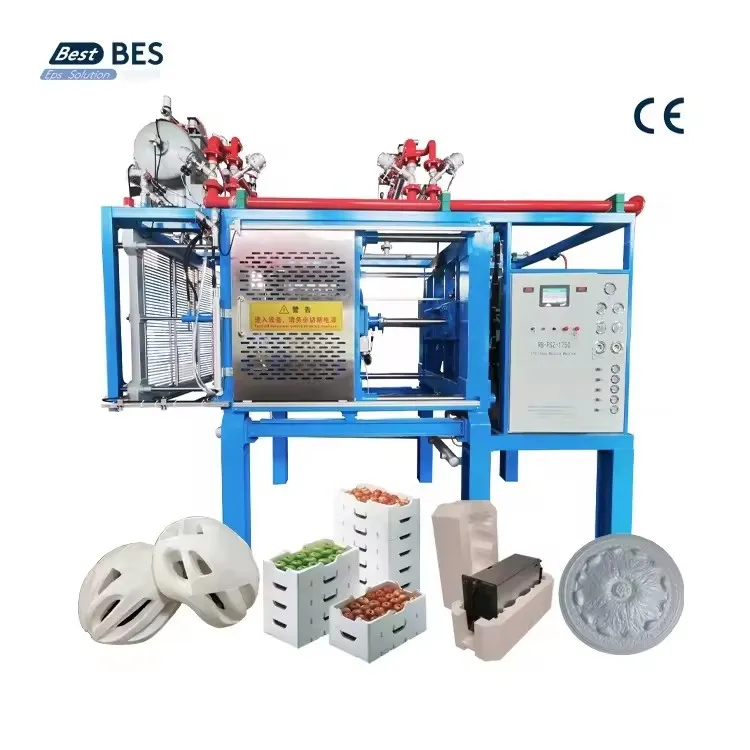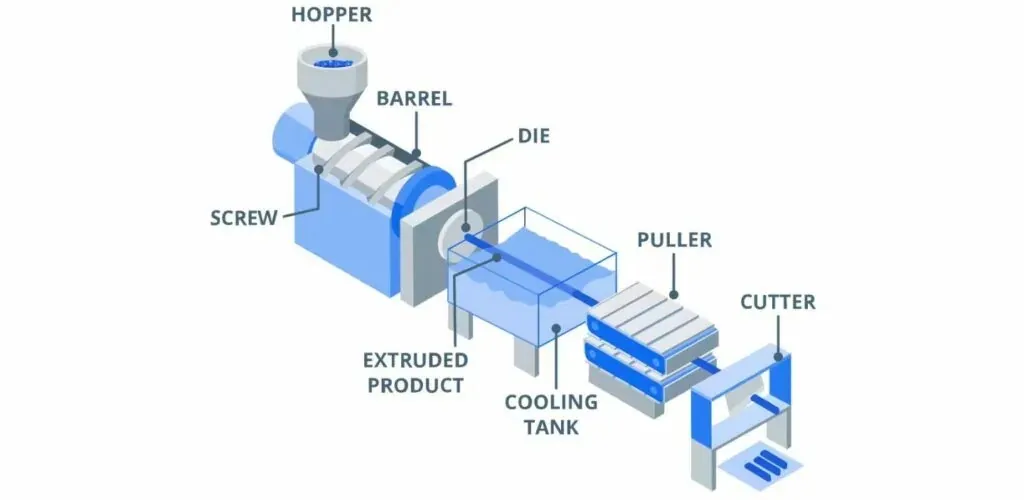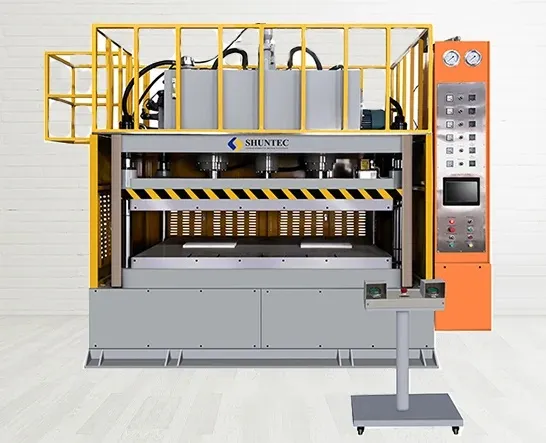Comparing Different Types of Foam Molding Machines
Foam molding technology has revolutionized manufacturing across numerous industries, from automotive to consumer goods. Understanding the different types of foam molding machines is crucial for manufacturers seeking to optimize production efficiency, material usage, and product quality. This comprehensive analysis examines the primary foam molding technologies available today.
Injection Foam Molding Machines
Injection foam molding represents one of the most widely used methods in plastic foam manufacturing. These machines work by injecting molten plastic material mixed with a blowing agent into a mold cavity under high pressure. The combination of heat and pressure causes the material to expand and fill the mold, creating complex foam structures with excellent dimensional stability.

Modern injection foam molding machines feature sophisticated control systems that precisely manage temperature, pressure, and injection speed. The key advantages include high production rates, excellent repeatability, and the ability to create intricate geometries with tight tolerances. These machines are particularly suitable for mass production of components requiring consistent quality and complex designs.
Structural Foam Molding Variant
A specialized form of injection molding, structural foam molding uses lower pressures and produces parts with solid outer skins and cellular foam cores. This process creates components with high strength-to-weight ratios, making them ideal for large structural applications where weight reduction is critical without compromising mechanical properties.
Extrusion Foam Molding Machines
Extrusion foam molding machines continuously process thermoplastic materials with blowing agents to create foam profiles, sheets, and boards. The process involves melting the polymer, incorporating the blowing agent, and forcing the mixture through a die to form the desired cross-sectional shape.

These systems excel at producing continuous foam products with consistent cross-sections. The versatility of extrusion allows for the manufacturing of various foam densities and cell structures by adjusting processing parameters and material formulations. Common applications include insulation boards, packaging materials, and disposable food containers.
Twin-Screw Extrusion Systems
Advanced extrusion systems often employ twin-screw configurations that provide superior mixing capabilities and processing stability. These machines can handle a wider range of materials and additives, enabling the production of specialized foam products with enhanced properties such as improved thermal insulation or flame retardancy.
Compression Foam Molding Machines
Compression foam molding utilizes heat and pressure to form foam materials between two mold halves. This method is particularly well-suited for processing thermoset foams and materials that require precise control over density and cell structure.

The process begins with placing a pre-measured amount of foamable material into the bottom mold half. The mold closes under controlled pressure, and heat activates the foaming reaction. Compression molding produces parts with excellent surface finish and dimensional accuracy, though cycle times are typically longer than injection molding methods.
Reaction Injection Molding (RIM) Machines
Reaction Injection Molding represents a unique approach where two or more liquid components are mixed and injected into a mold where they react and expand to form polyurethane or other reactive foam systems. RIM machines precisely meter, mix, and dispense the chemical components in the correct ratios.

This technology enables the production of large, complex foam parts with integrated skins and varying density gradients. The low viscosity of the liquid reactants allows for lower clamping pressures compared to traditional injection molding, resulting in reduced equipment costs for large-part manufacturing.
Comparative Analysis of Foam Molding Technologies
| Machine Type | Typical Applications | Production Speed | Part Complexity | Initial Investment | Material Versatility |
|---|---|---|---|---|---|
| Injection Foam Molding | Consumer products, automotive components, electronics housing | High | Very High | High | Moderate |
| Extrusion Foam Molding | Insulation boards, packaging materials, continuous profiles | Very High | Low to Moderate | Moderate to High | High |
| Compression Foam Molding | Gaskets, seals, cushioning products, specialty components | Moderate | Moderate | Low to Moderate | High |
| Reaction Injection Molding (RIM) | Large panels, automotive interiors, architectural elements | Moderate | High | Moderate | Limited to reactive systems |
Technical Specifications Comparison
| Parameter | Injection Molding | Extrusion | Compression Molding | RIM |
|---|---|---|---|---|
| Operating Pressure | High (500-2000 bar) | Medium (50-500 bar) | Low to Medium (10-200 bar) | Low (5-50 bar) |
| Temperature Range | 180-300°C | 150-280°C | 120-220°C | 30-80°C |
| Cycle Time | 30-120 seconds | Continuous | 60-300 seconds | 60-180 seconds |
| Foam Density Range | 0.2-0.8 g/cm³ | 0.02-0.6 g/cm³ | 0.05-0.9 g/cm³ | 0.1-0.7 g/cm³ |
| Maximum Part Size | Small to Medium | Unlimited length | Small to Large | Very Large |
Selection Criteria for Foam Molding Machines
Choosing the appropriate foam molding technology requires careful consideration of multiple factors. Production volume requirements significantly influence the decision, with high-volume applications typically favoring injection or extrusion methods. Part design complexity, material specifications, and dimensional tolerances further narrow the technology options.

Economic considerations include not only the initial equipment investment but also operational costs, maintenance requirements, and tooling expenses. Manufacturers must also evaluate energy consumption, environmental compliance, and workforce skill requirements when selecting foam molding equipment.
Future Trends in Foam Molding Technology
The foam molding industry continues to evolve with advancements in automation, digitalization, and sustainable materials. Industry 4.0 technologies are being integrated into modern foam molding machines, enabling real-time monitoring, predictive maintenance, and optimized process control. Additionally, growing emphasis on circular economy principles is driving development of bio-based and recyclable foam materials compatible with existing molding technologies.
Conclusion
Each type of foam molding machine offers distinct advantages tailored to specific manufacturing requirements. Injection molding provides precision and speed for complex parts, extrusion excels at continuous production of profiles and sheets, compression molding offers versatility for specialty applications, and RIM enables manufacturing of large reactive foam components. Understanding these differences empowers manufacturers to select the most appropriate technology for their specific product needs, production volumes, and economic constraints.
As material science and machine technology continue to advance, the boundaries between these processes may blur, creating new hybrid approaches that combine the benefits of multiple methods. The ongoing innovation in foam molding ensures that manufacturers will have increasingly sophisticated tools to create lightweight, durable, and sustainable foam products for diverse applications.

